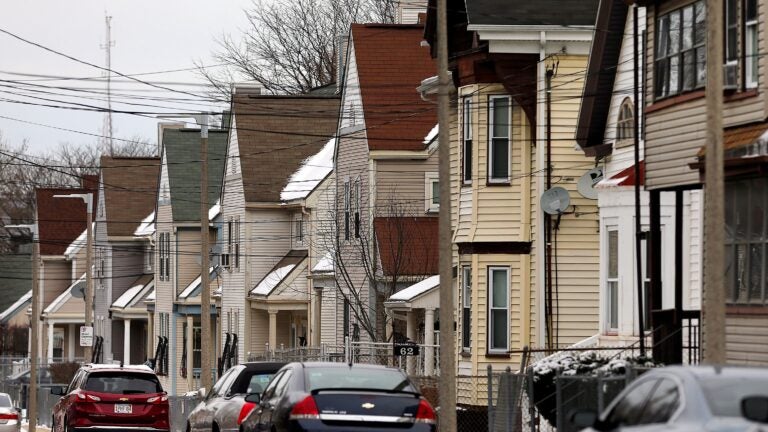Native
Over 70 Massachusetts communities that obtain state funding have bucked a requirement to fund inexpensive housing initiatives.

As Massachusetts legislators and residents proceed to seek for methods to alleviate the squeeze onset by the state’s housing disaster, an actual property trade group and researchers at Tufts College are pushing lawmakers to tweak a state legislation to place a better emphasis on inexpensive housing.
The Group Preservation Act permits Massachusetts cities and cities so as to add a surcharge on prime of their native property taxes, and with some extra state matching {dollars}, to fund open area, historic preservation, outside recreation, and inexpensive housing initiatives.
The legislation, signed in 2000, has helped fund over 15,000 initiatives in 195 Massachusetts communities and requires municipalities to spend at the least 10% of CPA funding apiece on open area safety, historic preservation, and inexpensive housing initiatives.
The issue
However based on a current report, carried out by the Larger Boston Actual Property Board and Tufts College’s Heart for State Coverage Evaluation, 70 communities —greater than a 3rd of the CPA’s cities and cities — have didn’t allocate funding above the ten% threshold to inexpensive housing.
Cities have continued to finance CPA initiatives like playgrounds, historic websites, and parks at considerably increased charges than inexpensive housing. For instance, since adopting the CPA in 2008, the city of Northfield has spent 69% of CPA funds on historic preservation, 25% on open area and recreation, and 6% on housing, based on the report.
And throughout the state, the report exhibits, inexpensive housing initiatives face an unequal distribution of CPA funds.
“Just one in 5 CPA initiatives is devoted to inexpensive housing, and fewer than one in 20 contain the creation of recent properties,” the report states. “Housing initiatives have persistently made up lower than 20 p.c of all CPA actions, whereas historic preservation accounts for over 40 p.c and open area and recreation collectively comprise almost the identical share.”
This stoop will be seen clearly in suburban areas, the place housing initiatives obtain 6.8% of CPA {dollars}, whereas city and rural areas allocate 17.3% and 15.7% respectively.
The report additionally factors out that “increasingly more cities” are putting their CPA funding into native housing trusts, making it “tough to substantiate that cities are spending cash properly and assembly affordable targets.”
Suggestions
The report recommends 4 key steps the state may take to enhance the CPA’s impact on housing manufacturing.
First, the state may provide extra funding to communities that select to extend the inexpensive housing minimal to twenty% of CPA {dollars}. And these municipalities may additionally obtain precedence entry to future state grants and subsidies.
Second, the state may maintain municipalities that fall under the ten% threshold accountable and require them to fund future “make-up” initiatives.
Third, the report recommends the state “encourage cities and cities to raised combine CPA spending with long-term plans round zoning and development.”
Lastly, states may require municipalities to enhance reporting on housing trusts, guaranteeing CPA funding positioned in trusts works in direction of the objective of inexpensive housing.
Publication Signup
Keep updated on all the most recent information from Boston.com
Originally posted 2023-06-14 01:44:51.